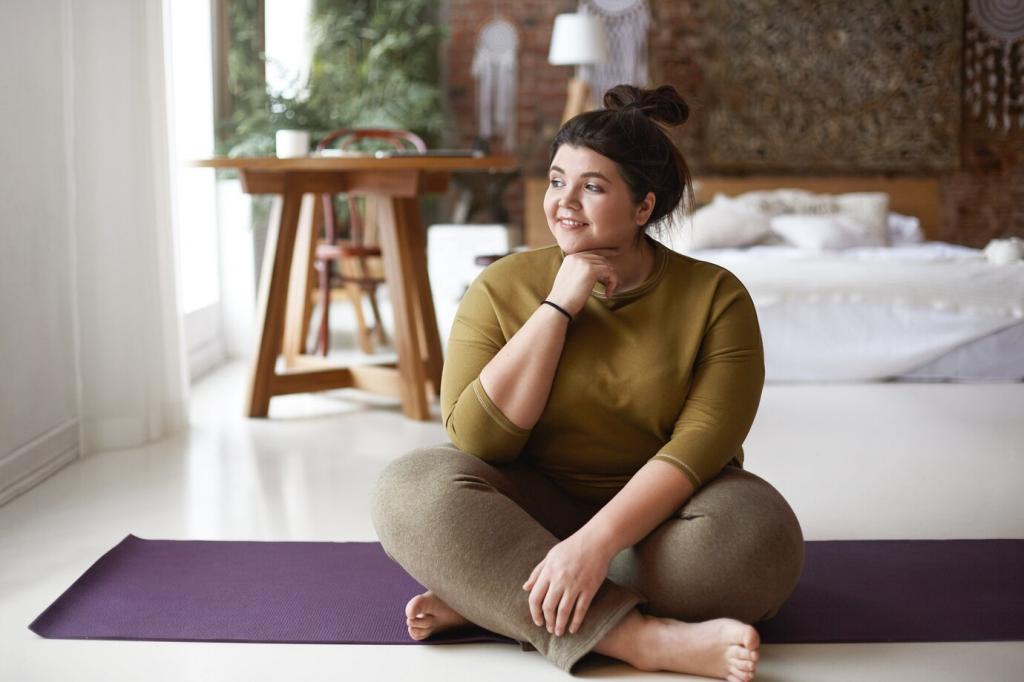Evidence, Stories, and Community
Studies associate mindfulness training with improved attention, emotional regulation, and reduced stress reactivity. Practices like breath counting and body scanning are simple yet powerful because they repeatedly train returning. If you enjoy the science, comment with topics you want unpacked, and we will explore them in upcoming posts.
Evidence, Stories, and Community
A reader once practiced 5-4-3-2-1 while waiting in the rain. Noticing droplets on the sleeve and distant traffic softened impatience into quiet presence. That three-minute pocket changed their morning. Share your own tiny victory—ordinary moments where technique turned hassle into clarity—so others can recognize what is possible.


